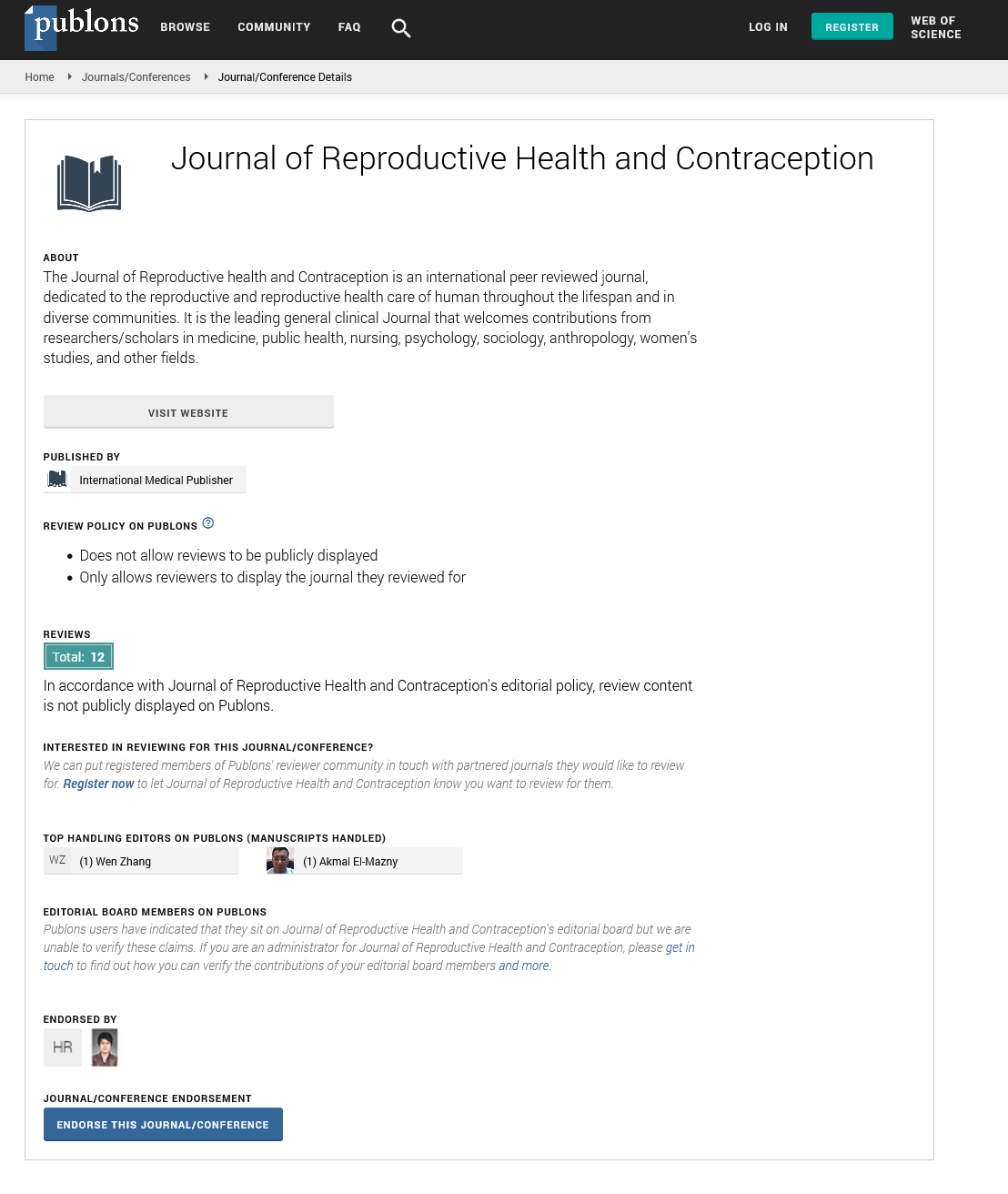Abstract
Next generation vacuum-based cervical tenaculum, an atraumatic device that reduces the pain and bleeding associated with frequent gynaecological procedures.
Unintended pregnancies are a global epidemic1 . They are associated with substantial costs to healthcare systems, social services as well as significant emotional distress to women, and their families2 . Worldwide, about 85 million pregnancies, representing 44 % of all annual pregnancies are unintended. 3,4 Of these pregnancies 50 % end in abortion, 12 % end in miscarriage, and 38 % result in unplanned births 5 . In the US alone, the annual excess costs to the economy is about 11 billion US dollars6 . Up to 100,000 maternal deaths could be avoided each year if women who did not want children used effective contraception.3 40% of the unintended pregnancies are a result of contraceptive failure or incorrect use. 3 If contraception need was fully satisfied, 53 million unplanned pregnancies could be prevented.3 The Intrauterine Device (IUD) is considered the most cost-effective reversible contraceptive solution7,8,9 .Fear of severe pain during IUD placement remains a significant adoption barrier for women10,11,12. Several attempts to reduce pain and bleeding have been reported in the literature such as changing the design of tenaculum13, applying anaesthetics, without much success 10,14 . A next-generation, patent protected vacuum-based cervical device that delivers the same manoeuvrability as the tenaculum without the reported patient trauma related to pain, bleeding and tissue tear would support IUD adoption15. Results from “First in Women” Trial in Switzerland are expected in 2H2020.
Author(s):
Julien Finci
Abstract | PDF
Share this

Google scholar citation report
Citations : 201
Journal of Reproductive Health and Contraception received 201 citations as per google scholar report
Journal of Reproductive Health and Contraception peer review process verified at publons
Abstracted/Indexed in
- Google Scholar
- China National Knowledge Infrastructure (CNKI)
- WorldCat
- Publons
Open Access Journals
- Aquaculture & Veterinary Science
- Chemistry & Chemical Sciences
- Clinical Sciences
- Engineering
- General Science
- Genetics & Molecular Biology
- Health Care & Nursing
- Immunology & Microbiology
- Materials Science
- Mathematics & Physics
- Medical Sciences
- Neurology & Psychiatry
- Oncology & Cancer Science
- Pharmaceutical Sciences


